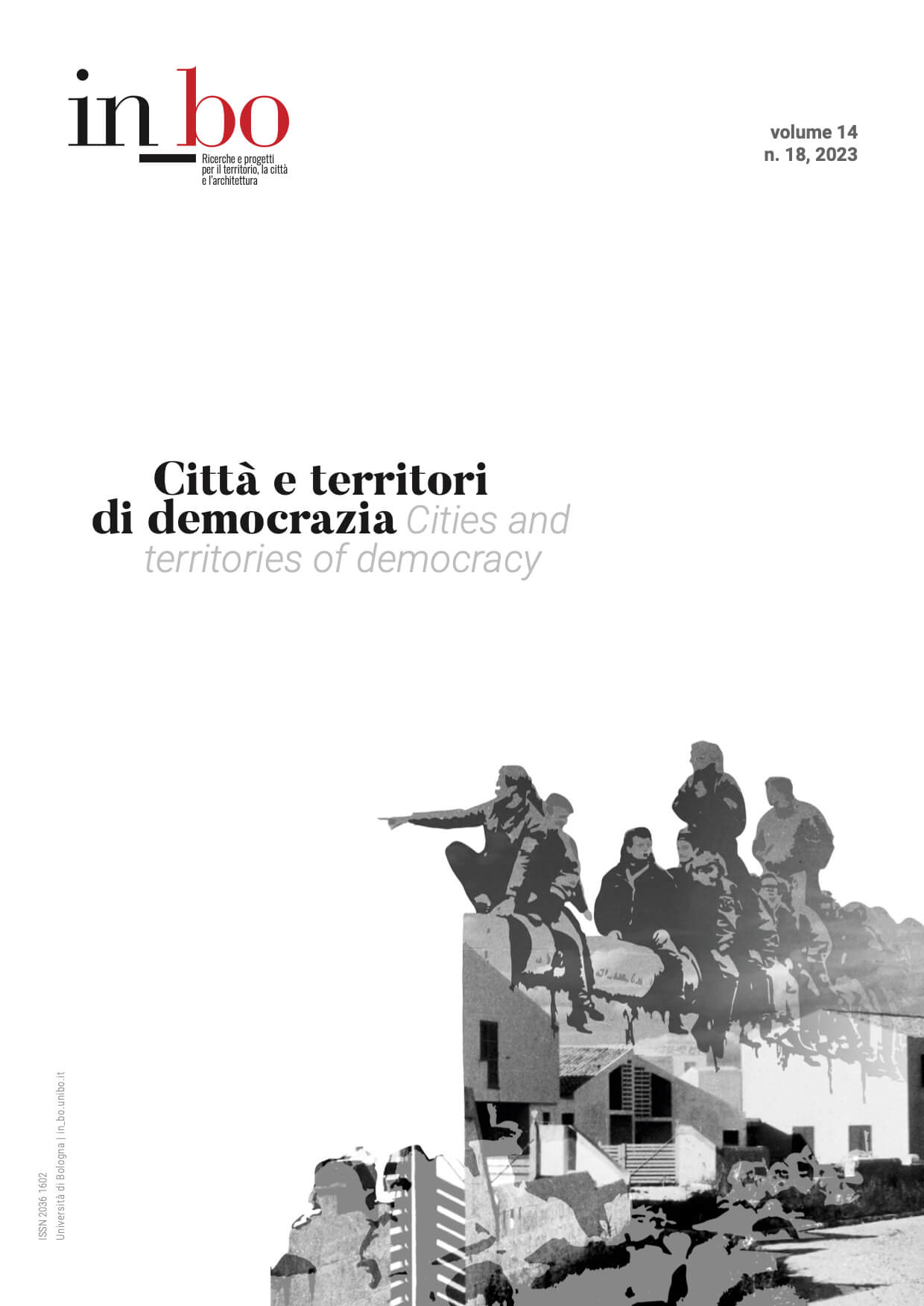School Makes City. The Role of School and Neighborhood Open Spaces in Democratic Education Practices
DOI:
https://doi.org/10.6092/issn.2036-1602/14836Keywords:
widespread school, open city, schoolyards, ecological transition, education and democracyAbstract
The paper proposes a reflection on the school as a privileged context for education for democracy and as an engine for the transformation of the public city. Through a survey of national and international experiences of re-appropriation, recovery and creative use of areas pertaining to school buildings, the text invites a critical reflection on the potential of these places that, redesigned, open, connected, can be strategic elements for a reconfiguration of the public city. What emerges is an articulated, lively and complex picture of other ways of doing schooling that tries to provide operational responses to implement a pedagogy of transition. This can act in terms of training, sustainability and social impact, triggering a virtuous circle capable of strengthening the school's human capital, multiplying its interactions with the territory and contributing to the growth of a democratic conscience. In this framework is part of the project FIABA, experimentation currently underway aimed at developing a new methodological proposal. This aims at enhancing schools as living laboratories for the city in transition, going to act both on the scale of proximity and therefore of the neighborhood, and on the architectural scale of the schoolyard for the construction of a new permeability between school and city.
Downloads
Published
How to Cite
Issue
Section
License
Copyright (c) 2023 Maria Rita Gisotti, Benedetta Masiani

This work is licensed under a Creative Commons Attribution-NonCommercial 3.0 Unported License.





